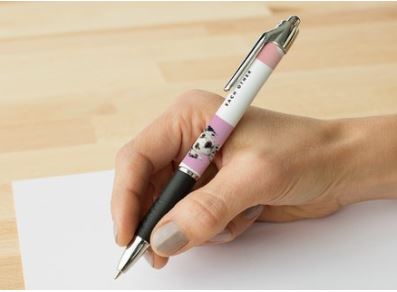How to make simple toys for chihuahuas at home, from plastic bottles?
You can make simple toys for your Chihuahua at home using plastic bottles. Here's one idea:
Take a clean, empty plastic bottle and remove the label.
Cut the bottle in half using scissors or a sharp knife.
Discard the top half of the bottle (or save it for another project).
Take the bottom half of the bottle and make several small cuts around the edges using scissors. This will create flaps that your dog can chew on.
If desired, you can fill the bottle with small treats or kibble before sealing it with duct tape or hot glue. This will provide an additional challenge for your Chihuahua and make the toy more interesting.
Let your Chihuahua play with the toy and supervise them to ensure they don't swallow any plastic pieces. If the toy becomes damaged or your dog is able to chew off pieces, discard it and make a new one.
Remember to always supervise your Chihuahua when playing with toys, and to discard any damaged or unsafe toys immediately. Additionally, plastic toys should be avoided if your Chihuahua is an aggressive chewer, as they can pose a choking hazard.
Here's how you can make a simple sock and plastic bottle toy for your Chihuahua:
Take an empty plastic bottle and remove the label.
Cut off the top and bottom of the plastic bottle using scissors or a sharp knife.
Take a clean sock and stuff the bottle into it.
Tie a knot at the end of the sock to secure the bottle inside.
Cut the remaining sock into strips to create tassels.
You can braid the tassels or leave them loose, depending on your dog's preference.
Give the toy to your Chihuahua and let them play with it.
It's important to supervise your Chihuahua when playing with toys, especially if they are made from plastic. If the toy becomes damaged or your dog is able to chew off pieces, discard it and make a new one. Additionally, be sure to choose a sock that is free of holes or loose threads, as these can pose a choking hazard.












